There is a certain point where homeowners start to feel cramped. The longer you live in a house, the smaller it becomes.
You can reorganize your space, repurpose it, and add a little bit of extra space. building a home extension is the best way to increase your home’s value and add a large amount of usable space. The first step in planning a new home addition is to determine the average cost and its various variables.
Costs of Home Improvement
| Average Cost | $46,000 |
| Low-Cost | $21,000 |
| High Cost | $73,000 |
Average Cost
According to Home Advisor the average cost for a home addition hovers around $46,000. The average cost of a home extension increases by $8,000 or even more when you add a Bathroom.
Low Cost
Home additions that are less expensive and require little or no costly services, but still need extensive electrical and plumber work and high-quality materials can cost as low as $40,000 for 500 square feet. The cost of adding a bathroom can reach $48,000.
High Cost
Home additions that require extensive electrical work or higher-grade materials may cost up to $100,000 per 500 square foot. The minimum cost for a bathroom with a lot of amenities is around $113,000.
Factors that increase home addition costs
Size
The cost of an addition will be determined by the size of the extension. If an average addition costs $140 per square feet, then adding more square footage increases the cost.
Additions Types
The purpose of the addition will change its price. For example, a room addition will cost less than a separate apartment. Room additions are less expensive than full-size additions because they do not include costly services like full bathrooms or even half bathrooms. They also have fewer windows, doors and electrical work.
Electrical Work
Even the simplest of home improvements require electrical work. Electrical code specifies minimum requirements for outlets and lighting. Electrical bills increase exponentially when home additions are large and complex.
The cost of a home addition can be increased by installing specialty areas such as a Home Theater or Home Office. Other features, such as the addition of electric radiant heating to a bathroom’s floor, can also increase the cost.
Plumbing Work
Plumbing work is also performed by licensed professionals, just like electrical work. The higher the cost of an addition, the more plumbing work there is. The plumbing work must be connected to the existing plumbing system in the main home.
Bathrooms
The cost of adding a bathroom is a significant factor in the total cost. One, electrical and plumbing work is required. Bathrooms tend to have higher prices per square foot for materials than other rooms.
A $500 alcove tub, for example, covers just over 13 square feet in the bathroom. This is at a cost of about $40 per square ft. The cost of other materials such as porcelain tile and natural stone is expensive per square foot. These materials are not used in any other part of the house.
Factors that may lower home addition costs
Limit the Size
If you don’t need the entire space, then reduce it. If you reduce the size of your living space by a third, the cost will be lower.
Use a second-story
Since no foundation work is required, it is often cheaper to build upwards (second story), than outwards.
Be Flexible
Be flexible with your schedule to take advantage of possible discounts.
You can also supply your own materials
You can eliminate the contractor’s markup by sourcing some of your materials yourself. Discuss this with your contractor well in advance. Most contractors won’t let clients supply large items such as lumber, plumbing or concrete. However, smaller items, like bathroom fixtures, are often supplied by the client.
Do It Yourself Finishing Work
By doing the finishing work, such as painting, after completion of the project you can eliminate labor costs and contractor marking up fees. Discuss this with your contractor before you start the project. By doing DIY at the end rather than the middle of the project, you can ensure that it will not be slowed by your efforts.
Refuse to make unnecessary changes
Refrain from making changes that are arbitrary or unnecessarily. Adding to an existing structure will always increase the cost. Only add a new addition when it is absolutely necessary.
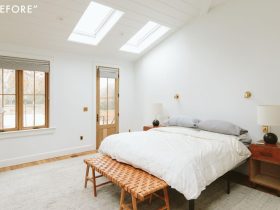
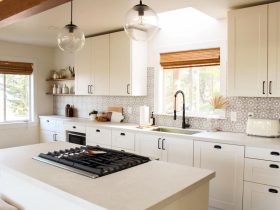

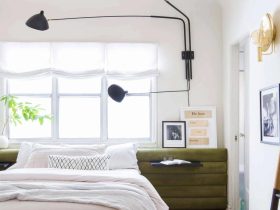



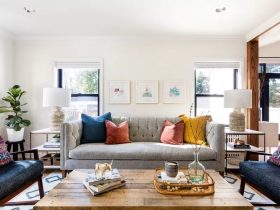
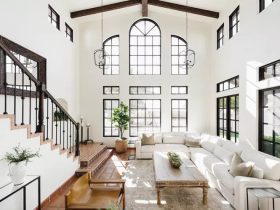
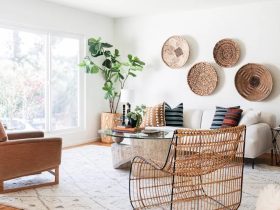


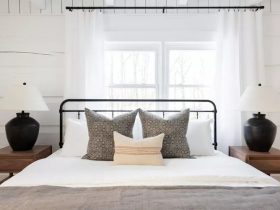
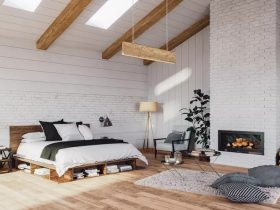
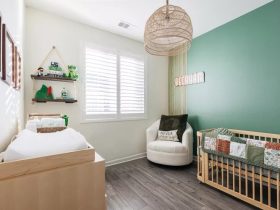

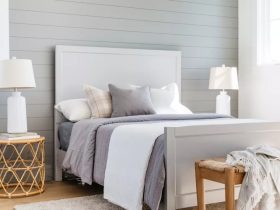
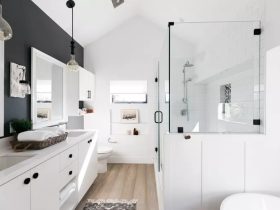
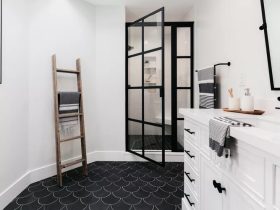
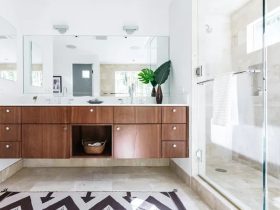
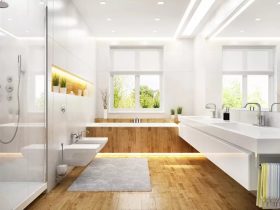
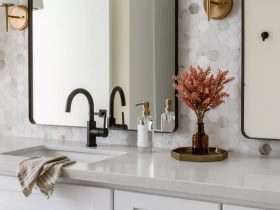
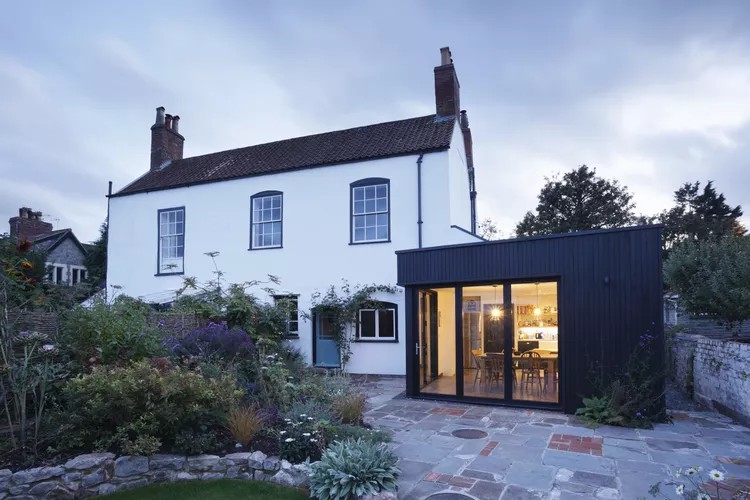
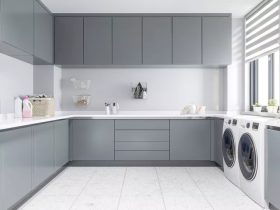


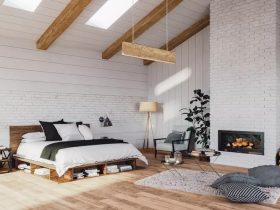
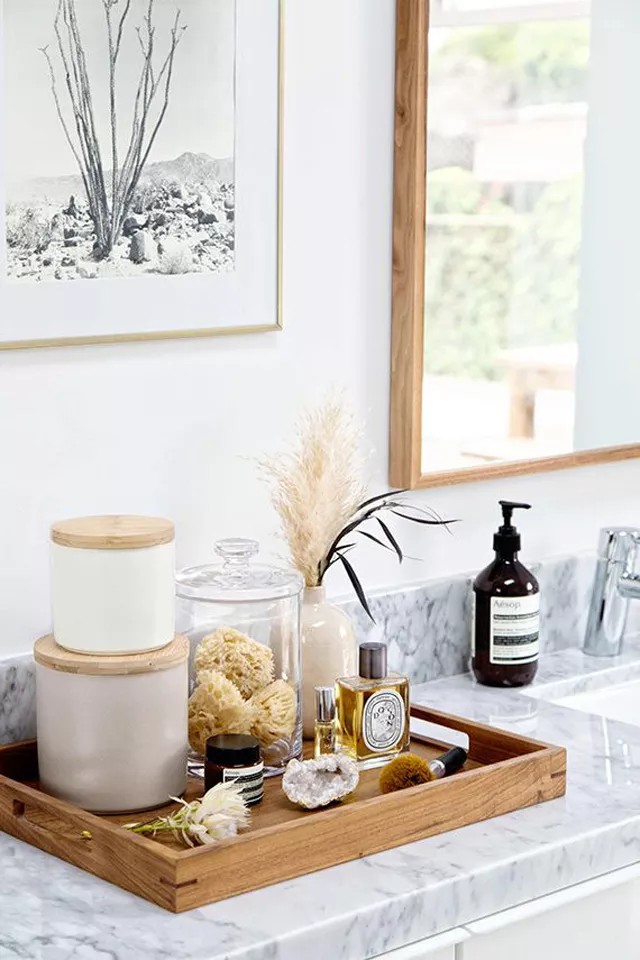
Leave a Reply